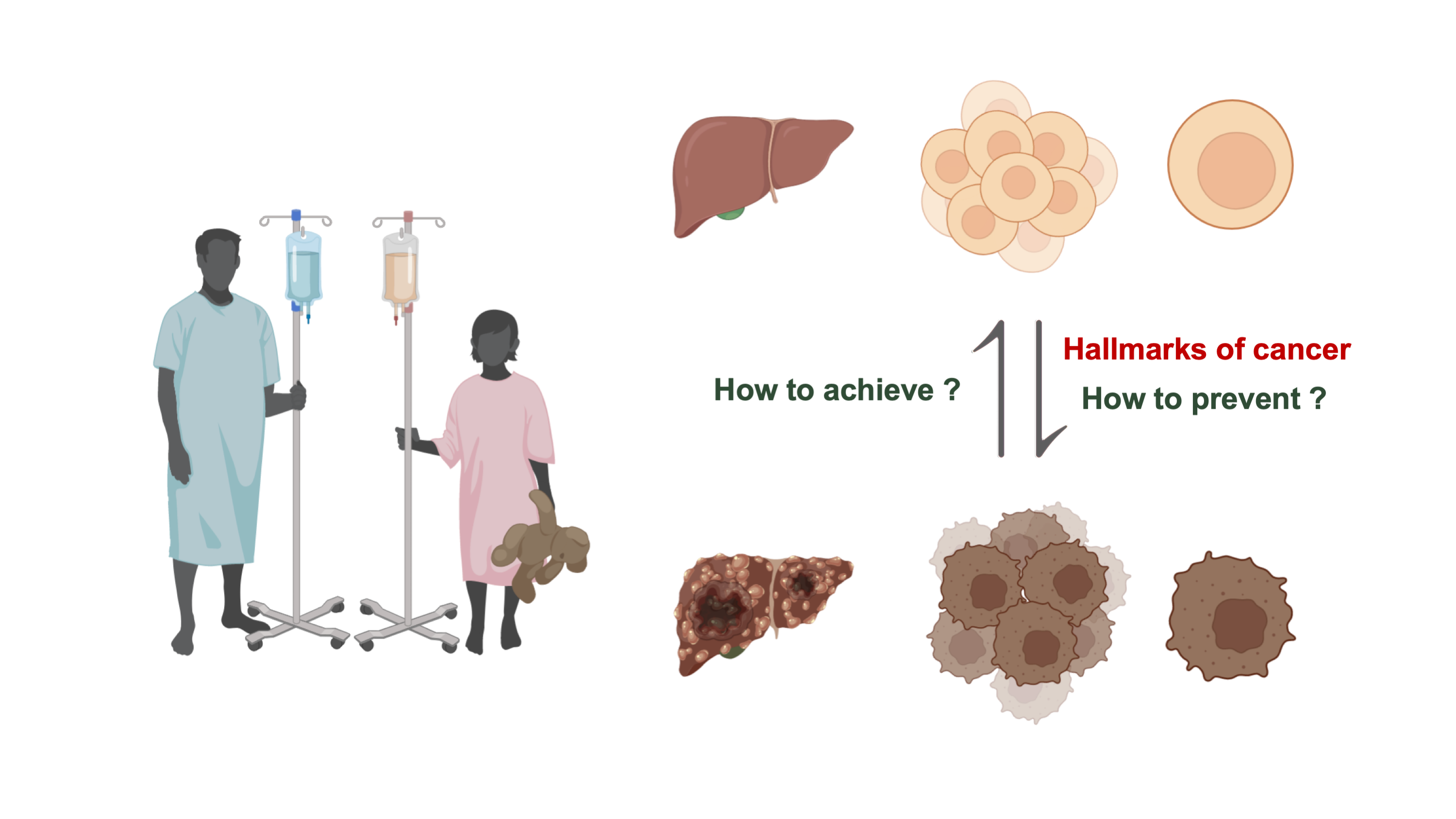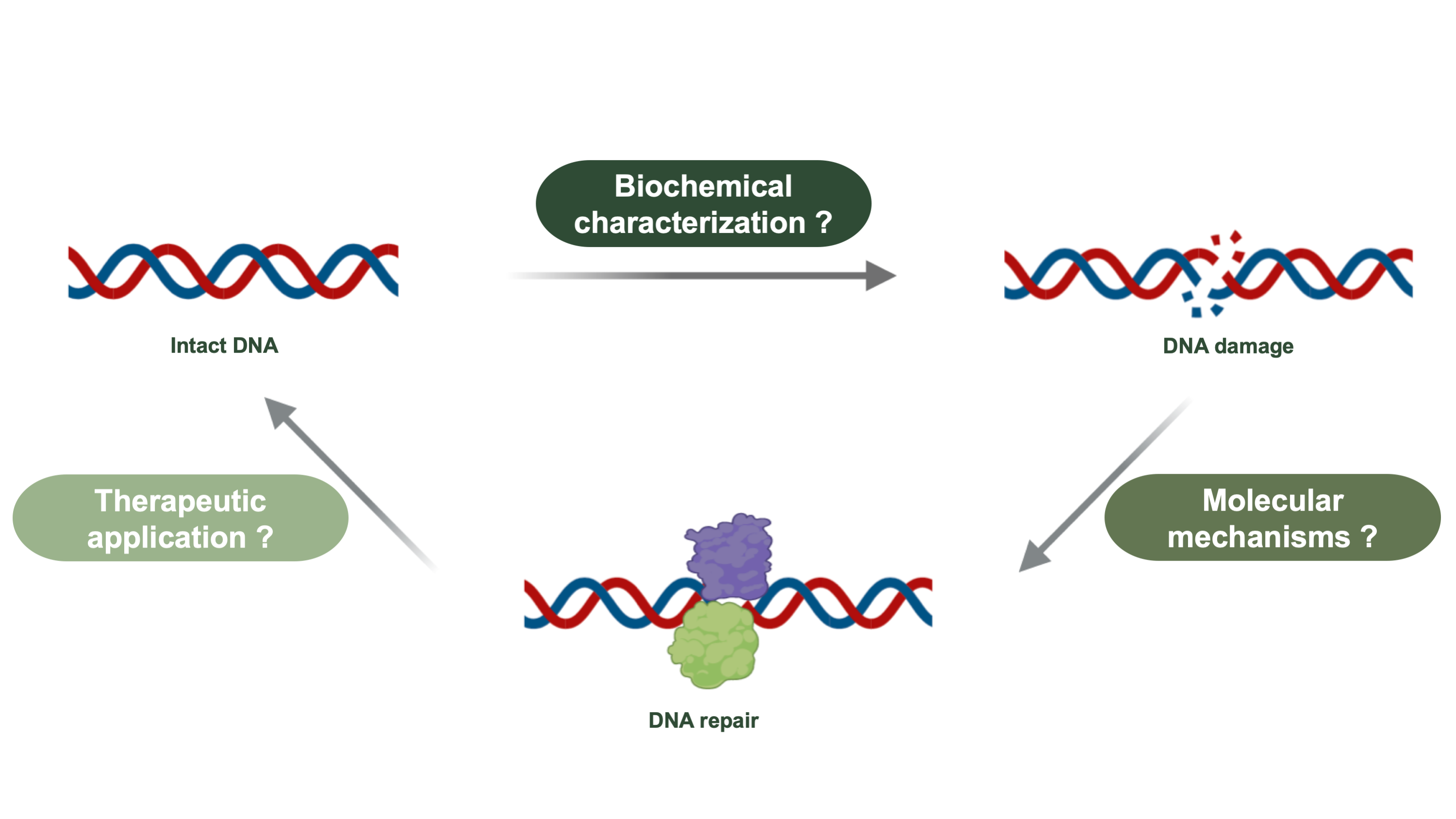Research Interests
(Cancer Biology | Radiation Biology | Quantum Biology)
Cells, during the entirety of its lifetime, is subjected to a multitude of alterations, brought on by variable factors. These alterations, however, also fuels the ultimate propaganda of life – survival against death. Given 3.8 billion years of evolution (ref - Cooper GM. The Cell: A Molecular Approach), cells have eventually developed definite “modus operandi” to counteract the remorse of the changes that could endanger their own integrity. Nevertheless, sometimes the best-laid methods fall apart and cells are left with an oblivion that begs the question, do I survive or is this the end instead?
From a less-philosophical perspective, science has progressed far too ahead to put this oblivion into medical application. I, intend to do the same!
Should the introduction sound interesting to you, consider perusing the scientific sub-disciplines that pique my interest.
Cancer Biology

An ailment, that stems out from within us, has been the reason behind one among six deaths across the globe (ref: World Health Organization). Despite numerous attempts the field of medicine has made to tackle cancer, the fundamental question stands still – why would we kill ourselves? What is that one definite cause behind a disease such as cancer? As presented in a series of publications titled ‘Hallmarks of Cancer’ by Hanahan and Weinberg, the molecular and physiological factors behind cancer has played a significant role in this catastrophe. However, do these explanations suffice to explain why a cosmic organism would attempt to demolish itself? At the same time, from a less hateful perspective, is cancer just a normal occurrence that everyone is ought to encounter sometime in their lives – some meant to be diagnosed and treated, and rest to go unnoticed?
DNA Damage and Repair

Owing to inevitable destiny or by unavoidable fate, DNA (the ‘multi-core’ information system of a cell) is often subjected to biochemical damages. Throughout time and evolution, different cell types have developed unique strategies for repairing this damage. For example, bacterial cells resolve UV-induced damage using an enzyme called photolyase, whereas mammalian cells employ a rather advanced NER pathway comprising of a cascade of DNA repair proteins. Nonetheless, the procedure is rather straightforward (for each and every cell): DNA damage, screening of the damage, and final repair/elimination choice. For a normal cell facing genomic instability, the intrinsic ‘repair’ matters; in the contrary, for a tumor cell with similar damage, an ‘elimination’ singal of the tumor itself can be induced from outside. This sets a perfect stage for integrating both fundamental and applied research. Consequently, a personal interest!
Photochemistry of Biomolecules

Electromagnetic radiation (or light) has been a crucial part of life on the planet earth. Ranging from energy production process in plants to radiation therapy for cancer treatment, atomic-level photochemical effects are an ideal asset for sustaining life. Building on the fact that atoms and sub-atomic particles are the structural basis of molecules that ultimately gives shape and integrity to a cell, may photochemical studies of different cellular components like proteins, nucleic acids, and lipids answer some of the unanswered questions in biological sciences? A bigger science awaits behind the intrinsic ability of proteins (aromatic amino acids in specific) and nucleic acids to absorb EM radiation than merely utilizing this property for spectroscopic-level protein and DNA detection.